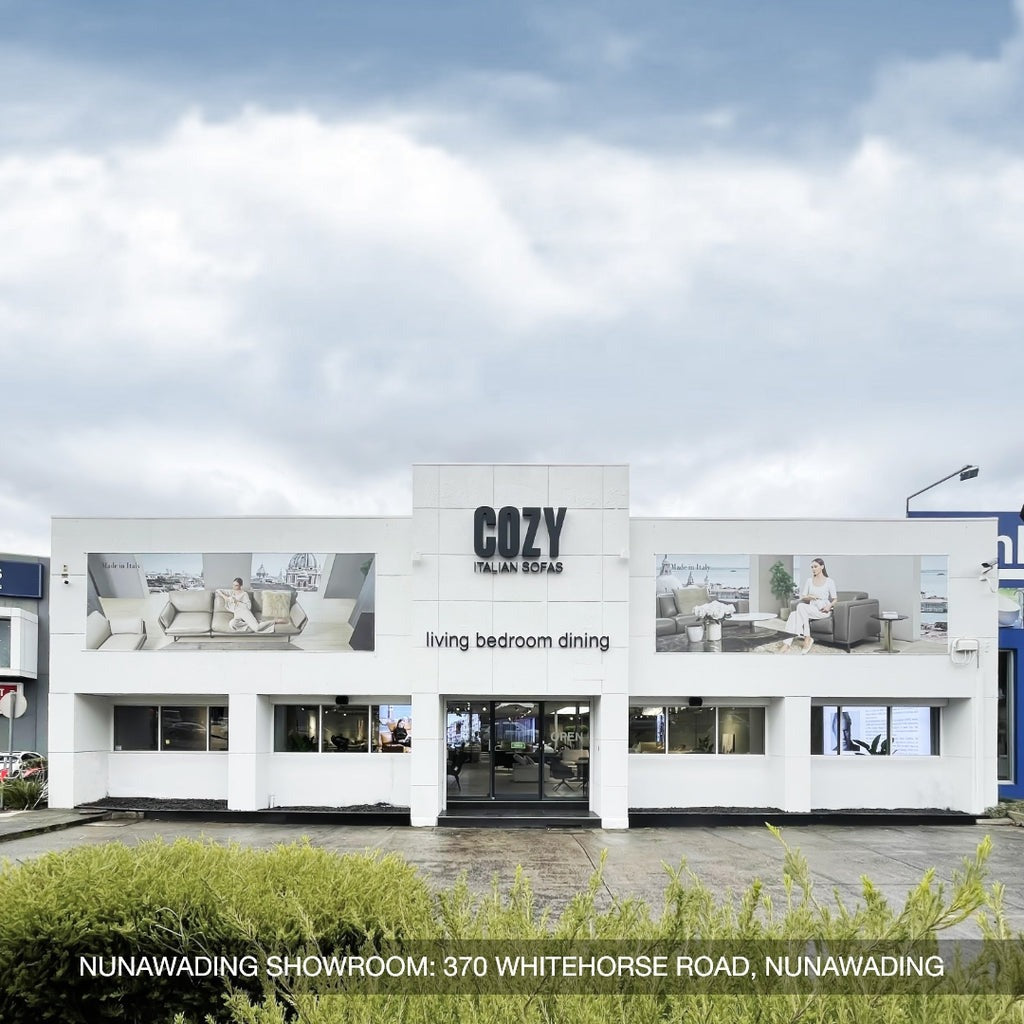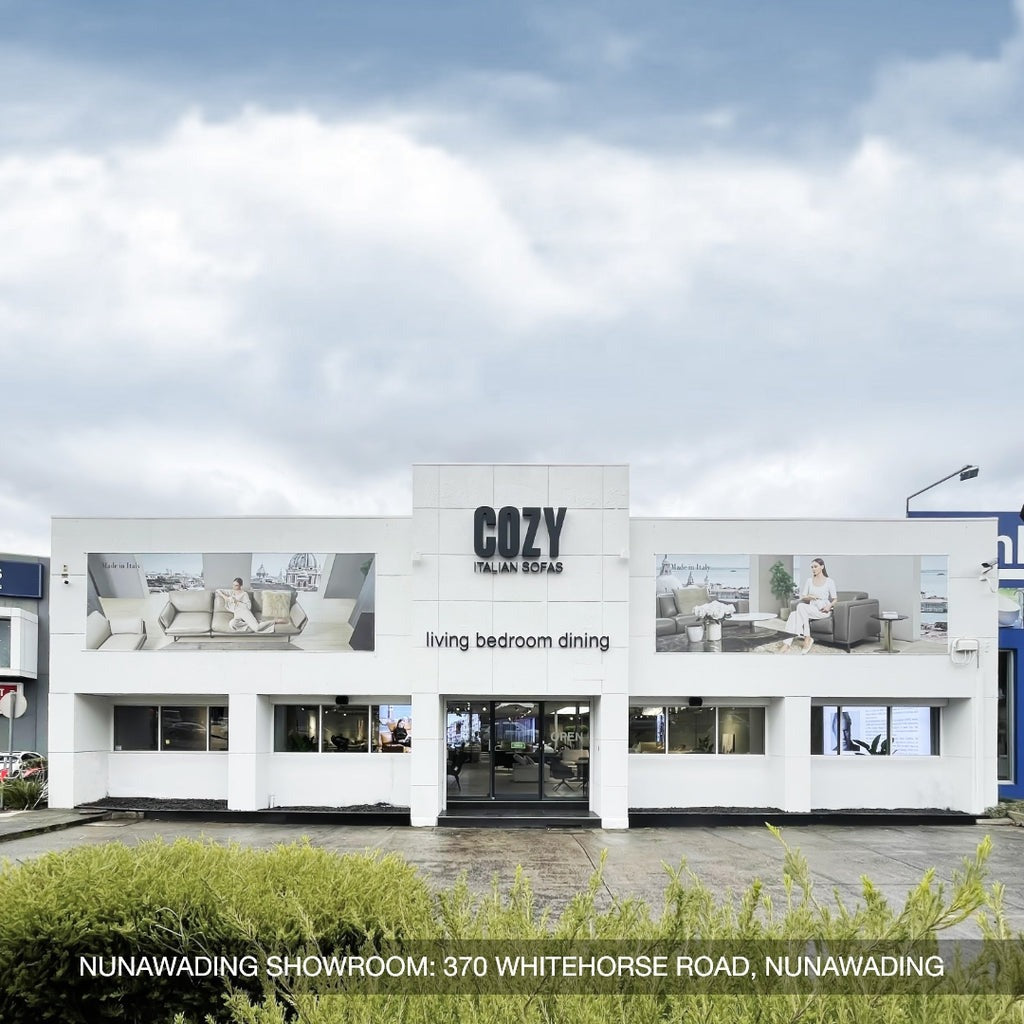Mixing materials interior design is all about creatively combining different types of textures and surfaces to create a dynamic and inviting space. Whether it’s the smoothness of polished wood paired with the roughness of exposed brick or the contrast between a plush rug and a sleek metal coffee table, mixing textures in interior design can bring depth and personality to any room. By thoughtfully layering these diverse elements, you can transform an ordinary room into an extraordinary, visually appealing sanctuary.
Understanding Textures In Interior Design
Texture refers to the surface quality of materials used in a space, impacting both its visual and tactile appeal. Understanding mixing textures in interior design is essential for creating a balanced and engaging environment. There are several types of textures to consider:
- Fabrics: Materials like velvet, linen, wool, and silk each offer unique tactile experiences and visual effects. For example, velvet provides a plush, luxurious feel, while linen adds a crisp, airy quality.
- Materials: The use of wood, metal, glass, and stone introduces a variety of textures. Wood can add warmth and natural beauty, metal offers a sleek and modern touch, glass introduces a smooth, reflective surface, and stone provides a rugged, earthy feel.
- Surfaces: Different surfaces, such as tiles, wallpapers, and paint finishes, contribute to the overall texture of a room. Tiles can add intricate patterns and a glossy finish, wallpapers can bring in detailed designs and a layered effect, and various paint finishes can range from matte to glossy, each affecting the room's ambiance.
The Impact Of Texture On Space Perception
Texture can make a space feel larger or cozier. For instance, smooth and reflective textures like glass and polished metals can make a room appear more spacious by bouncing light around. Conversely, rougher textures such as wool and brick can make a space feel warm and intimate.
Textured surfaces like matte paint and rough stone absorb more light, creating a subdued, cozy atmosphere. In contrast, glossy surfaces and mirrors reflect light, brightening the room and making it feel more open.
Texture engages both sight and touch, creating a more immersive and satisfying environment. Layering design elements with various textures can stimulate the senses, making the space feel dynamic and inviting.
Spaces that effectively use texture are often more appealing and leave a lasting impression. For example, living room texture ideas that incorporate a mix of soft fabrics, rustic wood, and sleek metal can make the space feel welcoming and stylish.

Rules For Mixing And Matching Textures In Interior Design
The Balance Principle
Mixing Italian leather textures with vintage fabrics or antique wood can create a timeless, sophisticated feel while keeping the space updated.
Pair sleek, contemporary furniture with items that have a weathered or antique finish. This combination can add character and depth to a room, making it feel both stylish and lived-in.
To prevent a space from feeling chaotic, balance heavily textured items like a shaggy rug or a tufted sofa with smoother elements like a glass coffee table or polished metal accents.
Striking a harmonious balance between different textures to ensure the space feels cohesive. Overloading a room with too many bold textures can make it feel cluttered and overwhelming.
The Repetition Rule For Creating Texture "Buddies"
Repeat textures throughout the room for cohesion. For example, if you have a woven texture in a chair, echo it in smaller accessories like cushions or throws to tie the room together.
Using similar textures in different elements. For example: Incorporate the same type of wood across various items such as shelves, picture frames, and tables. This repetition helps unify the space and creates a seamless look.
Ensure textures work together to create a unified look by combining different textures that complement each other rather than clash. For instance, pairing Italian leather textures with smooth, glossy surfaces can create a luxurious and cohesive aesthetic.
The Contrast Principle
Mix sleek surfaces with rougher, more tactile ones. Pairing a glossy, polished surface like a marble countertop with rough, natural textures like exposed brick can create a striking and balanced visual contrast.
Create visual interest through textural differences by using a variety of textures to make a room more engaging. For example, combining a soft, plush rug with a hard, wooden floor can add layers of interest and dimension to the space.
Use color or pattern to tie different textures together and to ensure different textures work well together, use a consistent color palette or repeating patterns. This technique helps in creating a cohesive look despite the variety of textures.
Practical Ways To Mix And Match Textures In Interior Design
Using Textured Anchor Pieces And Layering
Begin with a significant, textured piece like a rug to ground the space. A richly patterned or high-pile rug can serve as the focal point, setting the tone for the room’s texture scheme.
Build upon this anchor piece by introducing various textures through furniture, accessories, and wall treatments. For example, complement a textured rug with a smooth leather sofa, a velvet armchair, and silk cushions to create a layered and visually captivating environment.
Incorporating Texture Through Various Elements
Walls: textured wallpaper, 3D panels, or paint techniques: Use textured wallpaper or 3D wall panels to add depth and dimension to your walls. Paint techniques like sponging or stucco can also create a tactile and interesting surface.
Floors: area rugs, textured tiles, or hardwood: Flooring can be a significant source of texture. Consider area rugs for softness, textured tiles for visual interest, or hardwood for a natural, grainy texture that adds warmth and elegance.
Furniture: upholstered pieces, wood grains, metal finishes: Furniture offers numerous opportunities for texture. Upholstered pieces like sofas and chairs add softness, while wood grains in tables and cabinets provide a natural, organic feel. Metal finishes, whether polished or brushed, introduce a sleek, modern element.
Accessories: pillows, throws, curtains, artwork: Accessories are a simple way to introduce texture. Use pillows and throws made from different materials like wool, silk, or linen. Curtains can be light and airy or heavy and textured. Artwork can also add both visual and tactile interest through different mediums and techniques.
Balancing Textures With Color, Pattern, And Room Function
Color can tie various textures together, creating a cohesive look. For instance, different shades of the same color can unify a space even if the textures vary widely.
Patterns can either complement or contrast with the textures in a room. A patterned wallpaper can complement textured furniture, while a bold pattern can contrast with a smooth surface, adding interest and dynamism.
Choose textures based on the room’s function and the mood you want to create. Soft textures like plush bedding and velvet cushions are ideal for a cozy bedroom, while a mix of textures in living areas, such as a combination of leather, wood, and fabric, can create a more dynamic and inviting atmosphere.

Conclusion
Following essential mix interior rules, you will master the art of mixing textures in interior design and can transform any space into a stylish and inviting haven.
To explore more ways to elevate your living room with thoughtfully curated textures, visit COZY. Discover a range of products designed to help you achieve a perfect blend of comfort and style in your home.





